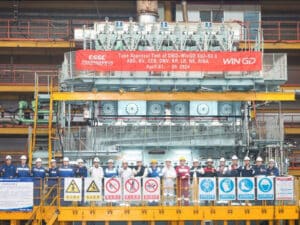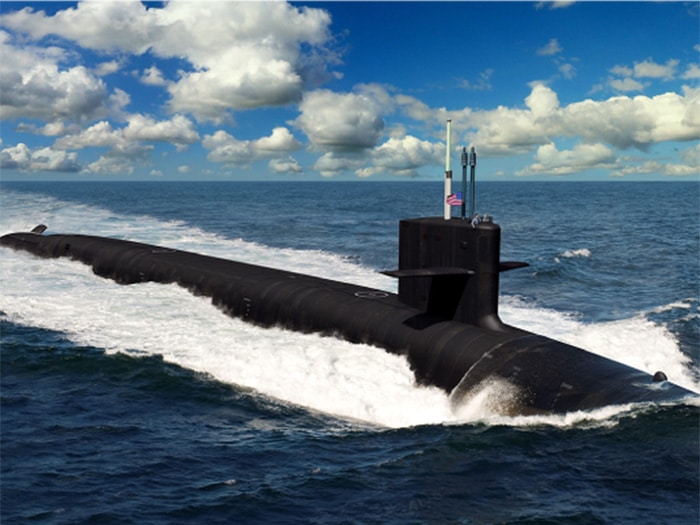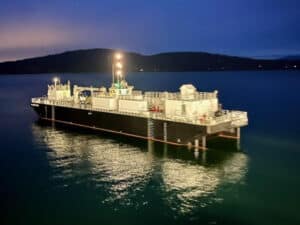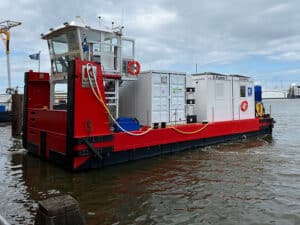
GAO warns of challenges ahead for Columbia class program
Written by Nick Blenkey
GAO says lack of a schedule risk analysis threatens on-time Columbia lead sub delivery, [Image: General Dynamics Electric Boat]
The Navy has long stated that the Columbia-class ballistic missile submarine program is its highest shipbuilding priority. The Columbia class will replace the Ohio class submarines that currently provide the sea-based leg of the U.S. nuclear deterrence triad. With Ohio-class retirements planned to begin in FY 2027, the lead Columbia class submarine needs to be ready for its first patrol before October 2030 to prevent a gap in deterrence.
The Navy plans to invest roughly $132 billion to acquire 12 Columbia class submarines and plans to have the first delivered in April 2027. A new report from the U.S. Government General Accounting Office (GAO) is warning that the schedule could be at risk.
NEEDED: SCHEDULE RISK ANALYSIS
The watchdog agency says that the Navy plans to deliver the first Columbia class submarine—the largest and most complex submarine in its history—more quickly than it did for the lead submarines of prior classes, such as the Virginia class. But, says GAO, “the shipbuilder has not conducted a schedule risk analysis of the lead submarine’s construction schedule. Both GAO leading practices and Department of Defense (DOD) guidance identify schedule risk analysis as a critical tool for understanding and managing program risks that could impact the schedule.”
Without a statistical schedule risk analysis, says GAO, programs have limited insight into how schedule risks could affect the likelihood of achieving key program milestones, including delivery, and the amount of margin—or a reserve of extra time—needed to manage critical risks and avoid delays.
“After more than a year of full-scale construction on the lead Columbia submarine, the shipbuilders are facing delays because of challenges with design, materials, and quality,” says GAO. “The shipbuilders are working to mitigate delays using additional shipyard resources, such as more staff to complete work more quickly. Because of the Columbia class program’s essential role in strategic deterrence, it has priority status over most national defense related programs, including the Virginia class program. The shipbuilder added staff to the Columbia class program who were originally planned for the Virginia class program, contributing to delays for that program. However, long-term planning does not account for shared risks between these programs that are likely to present production challenges and could result in additional costs. Without updated long-term planning, the Navy cannot be certain that the fiscal year 2024 budget request will be sufficient to meet the production schedule it has planned for these submarine classes.”
- Download the full GAO report




